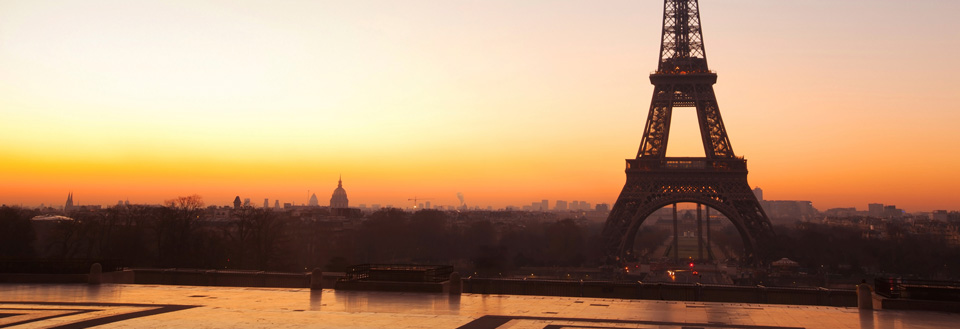
On the peninsula south of San Rafael de Yuma is a National Park, which can be visited by tourists. The animal population counts several different tortoise species, rhinoceros iguanas and terribly many bats hiding in the special network of caves also containing interesting cave paintings. Dolphins play in the water far from the ordinary tourist attractions.
The oldest fort in the new world is situated in Puerto Plata. The walls and the moat are very interesting.
The island is right off the shore of the city, and the fine sandy beaches attract tourists all year round. Isla Catalina is a famous stop for the many cuises entering the Caribbean Sea. Some boats sail between the island and the main land on a daily basis.
In Santo Domingo you will find the national botanical garden, which contains 300 different kinds of orchids. Furthermore, there are many different palms of which some are very rare.
This park is located on the west coast and attracts the tourists with white sandy beaches and a number of animal species to be experienced. There are dolphin shows and artists with horses, and there are sea lions, tortoises and exotic birds in the park. Furthermore, there is a copy of a Taino village.
The museum is a part of the 'Plaza de la Cutura', which is a centre of culture in the new part of Santo Domingo. It is a kind of national museum, which gives you an insight into the culture that has made the Dominican Republic what it is today. Art made of the original inhabitants, the tainoes, is on show here.
The cathedral is the first of its kind built in Columbus' new world. His son placed the first stone of the cathedral in 1514, and it was finished in 1540 as an architectonic symbol of the conquest with sculptures showing the natives greeting Columbus.
Not far from the capital you will find this system of caves. The three water eyes, which is the meaning of the name, refer to three turquoise lagoons, which are situated between a jumble of stalactites. The caves are also the homes of a number of bats.
Close to the Haitian border is the Cabrito National Park. The park is an island in the lake 'Lago Enriquillo' which is more than 30 metres below sea level. The water in the lake is three times as salty as the sea water in the area, and the three island situated in the lake are inhabited by many iguanas, crocodiles and flamingos.
Boat trips are arranged for tourists who want to see the exotic swamp areas around the lagoon. There are caves in the cliffs and structures of stone along the shore, and a pond called Cueva de las Golondrinas that is very suitable for swimming. The animal life in the area is extremely rich with tropical birds
A mountain railway goes 700 metres up the slope and ends at a point with a magnificent view that makes the trip worthwhile. The view of Puerto Plata and the surrounding sea is spectacular. A huge image of Christ stands with his arms out blessing the area. And even higher up the slope you will find a botanical garden also with a fantastic view.
Less than 30 kilometres from Puerto Plata you will find this bathing town, which has an almost European atmosphere. This is due to the Jewish colony, which was founded in the area in 1941 when Jews running from the Germans settled in this tropical paradise. There is still a synagogue in use and a Jewish museum, which tells the story of the 700 refugees.
10 kilometres from the town, Jarabacoa, in the central part of the island you will find several falls in areas of outstanding natural beauty. Trips are arranged by jeep or on horseback, but it is possible to walk there for those who wish to.
In 1538 the first university of America was opened in these buildings which are still called Universidad Autónoma de Santo Domingo. The real university has moved to some other new buildings.
The highest peak in the Dominican Republic is located in the central part of the country and reaches more than three kilometres into the air. The climb to the top will take approximately two days depending on the weather and the endurance of the climber. There are cabins on the way to the top in which you can stay for the night.
In San Cristobal you will find the El Pamier caves, which were preserved in 1996. The reserve has a very high archaeological value because of its more than 9000 cave paintings. One of the caves contains more than 590 different paintings.
Between December and March a lot of humpbacks come to the bay to mate and give birth. The local boathouse keepers arrange trips, and there is enough to be seen if you visit the area at the right time.
At the coast of the Atlantic Ocean the unofficial capital of wind surfing is situated. Surfers come from all over the world to enjoy the surfs at this little town, and international competitions are held here. The water has seasonal variation: in the summer there is always wind, but the surfs are not very high, in the winter there is normally no wind, but when it does kick in the surfs are enormous.
This craftsman's town is located a short distance from La Romana in the beautiful hills. The buildings are of almost Italian style and house exclusive shops, good restaurants and an amphitheatre, which houses many international as well as local artists. In the village you will also find Muséo Arqueológico Regional.